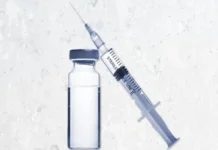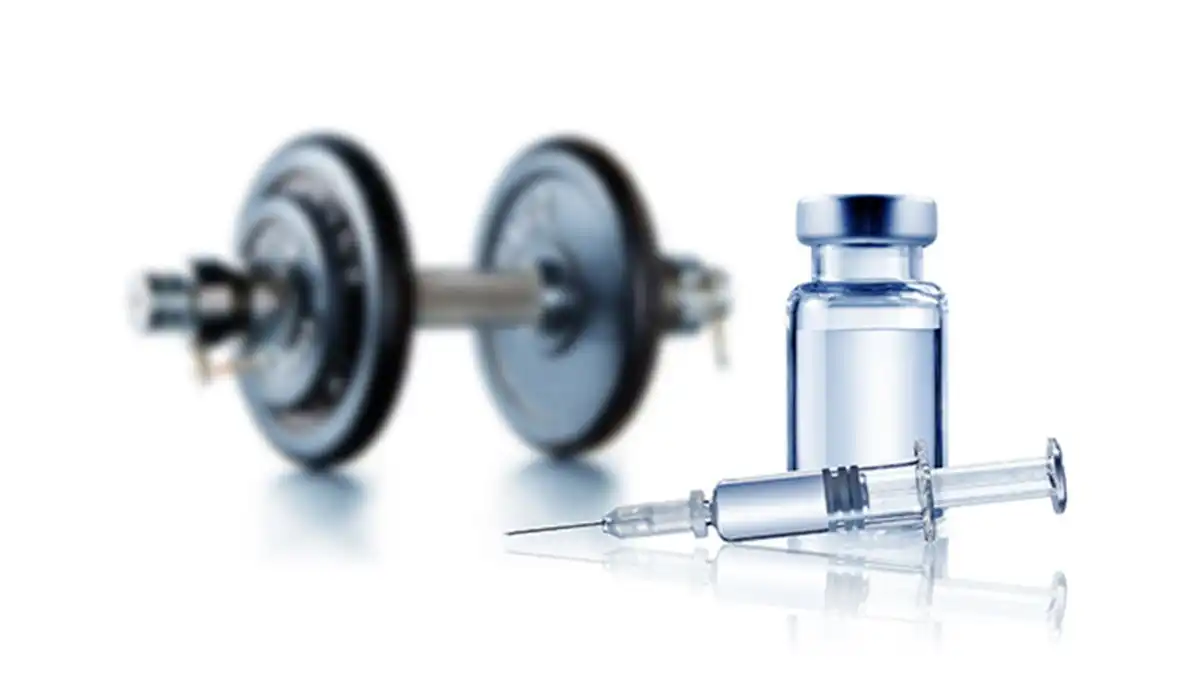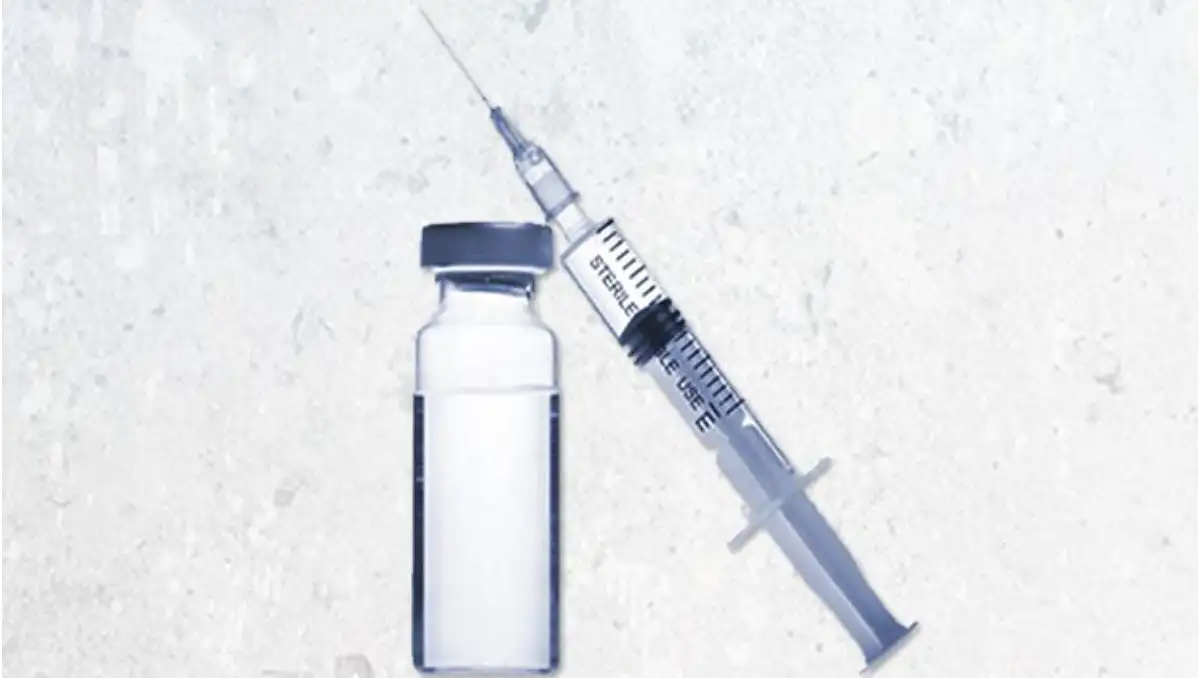Anabolic steroids are synthetic substances that mimic the action of the male sex hormone, testosterone. They are often used to improve muscle growth, increase strength and improve athletic performance. However, their misuse is associated with several risks and health problems. Here are some reasons why anabolic steroids are often misused:
Anabolic steroids, when used in conjunction with weight training, have the ability to increase lean muscle mass. This physical improvement is often sought by non-athlete weightlifters in order to optimize their appearance. However, this usage is often linked to a male body dysmorphic disorder known as muscle dysmorphia, where the individual expresses concerns about the perceived size of their muscles.
Some anabolic steroid users justify their use of these substances by claiming that they reach a point where bodybuilding alone is no longer enough to meet their physical aspirations. For them, anabolic steroids represent a way to increase their confidence and cross a perceived limit. Many users testify that these compounds help them achieve their body ideal.
Increasing muscle mass also leads to improved strength, which can benefit performance in power-focused sports, such as weightlifting, shot put, or soccer. However, these benefits are less marked in sports that require speed, agility, flexibility and/or endurance.
A benefit often mentioned by anabolic steroid users is accelerated muscle recovery after intensive workouts or muscle injuries. However, it should be noted that there is some debate as to how effective these substances actually are in improving muscle recovery.
On average, anabolic steroid users report consumption of approximately 11 performance-enhancing agents per year. Additionally, they are more likely to resort to other supplements such as protein powders and creatine, estrogen blockers, ergo/thermogenics like caffeine or ephedrine, erectile dysfunction medications, as well as other hormones such as insulin, thyroid hormones and human growth hormone. This diversity of use highlights the complexity and multiple facets of the use of anabolic steroids in the context of bodybuilding and improving physical performance.
- Athletic Performance Enhancement: Some individuals, particularly professional athletes, may use anabolic steroids to improve performance, increase strength and endurance, and speed recovery. However, the use of steroids for performance purposes is often prohibited in many sports and can result in sanctions and disqualifications.
- Social and Aesthetic Pressure: Social pressure and beauty standards may cause some people to use steroids to achieve a more muscular and defined physique. The misconception that anabolic steroids can quickly transform the body can cause individuals to take these substances without considering the health risks.
- Competition and Ambition: In some fields, such as bodybuilding, where size and muscle definition are important, intense competition can lead to the misuse of anabolic steroids to achieve exceptional results. The search for a competitive edge can lead individuals to ignore potential dangers.
- Lack of Education: A lack of education about the side effects and risks associated with the use of anabolic steroids can lead to inappropriate use. Some users may not be aware of the long-term health consequences, including cardiovascular problems, hormonal disorders, liver damage, etc.
- Self-medication: Some individuals may use anabolic steroids without medical supervision, self-medicating for bodybuilding or performance-enhancing goals. This increases the risk of serious side effects, as the use of these substances should be supervised by healthcare professionals.
- Myths and Misbeliefs: Myths and misbeliefs about anabolic steroids, such as the idea that they are harmless or that their side effects can be controlled, can contribute to incorrect use. Lack of accurate information may encourage irresponsible use.
- Psychological Dependence: Some users may develop a psychological dependence on anabolic steroids due to perceived improvements in physical appearance and performance. This dependence can lead to continued use despite knowledge of the health risks.
It is important to emphasize that the use of anabolic steroids without a medical prescription is illegal in many countries, and their use should always be supervised by medical professionals. Anabolic steroids can have serious side effects and can lead to long-term health problems. Individuals seeking to improve their physique or performance should instead favor healthy methods, such as a balanced diet, regular training and appropriate medical monitoring.
According to the National Institute on Drug Abuse
Reference
1. Pope HG, Kouri EM, Hudson JI. Effects of supraphysiologic doses of testosterone on mood and aggression in normal men: a randomized controlled trial. Arch Gen Psychiatry . 2000;57(2):133-140; discussion 155-156.
2. Wright S, Grogan S, Hunter G. Motivations for Anabolic Steroid use Among Bodybuilders. J Health Psychol . 2000;5(4):566-571. doi:10.1177/135910530000500413.
3. American Academy of Pediatrics. Adolescents and anabolic steroids: a subject review. American Academy of Pediatrics. Committee on Sports Medicine and Fitness. Pediatrics . 1997;99(6):904-908.
4. Bahrke MS, Wright JE, Strauss RH, Catlin DH. Psychological moods and subjectively perceived behavioral and somatic changes accompanying anabolic-androgenic steroid use. Am J Sports Med . 1992;20(6):717-724.
5. Ferry A, Vignaud A, Noirez P, Bertucci W. Respective effects of anabolic/androgenic steroids and physical exercise on isometric contractile properties of regenerating skeletal muscles in the rat. Arch Physiol Biochem . 2000;108(3):257-261. doi:10.1076/1381345520000710831ZFT257.
6. Ip EJ, Barnett MJ, Tenerowicz MJ, Perry PJ. The Anabolic 500 survey: characteristics of male users versus nonusers of anabolic-androgenic steroids for strength training. Pharmacotherapy . 2011;31(8):757-766. doi:10.1592/phco.31.8.757.


























